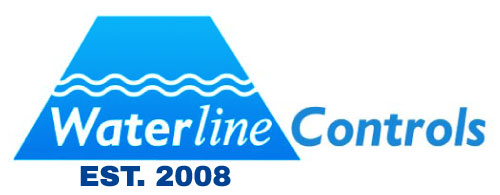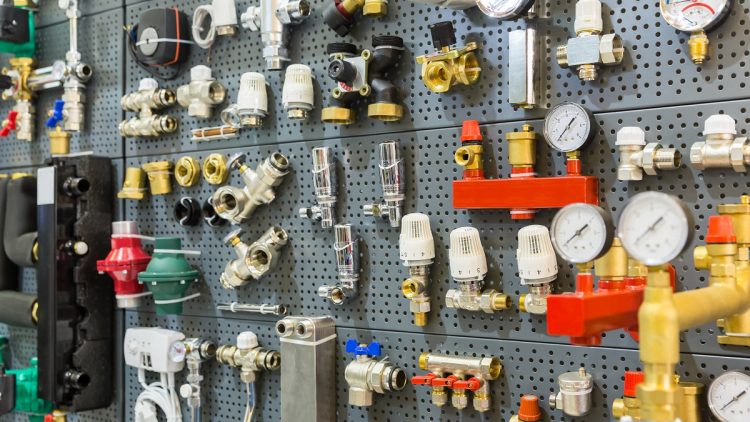Sewage Lift Station Costs
In a sewage lift or pump station, the level transmitter is a small but critical component that helps preserve system integrity and prevent unwanted spills.
In the United States, there are more than two million sewage lift or pump stations. All of them work on the same principle and have the same goal: to transport sewage from one level to a higher one.
Depending on capacity and complexity, installation prices can range from $150,000 (20 gpm) to $1.5 million (100,000 gpm). While pump technology has advanced greatly in recent years, the level sensor has also advanced significantly in recent years and is critical to pump control and station reliability.
The Level Sensor is a device that detects the presence of:
The level sensor’s job is to provide electrical feedback to the pump, allowing it to turn on and off. Floats, which simply deliver an on/off signal to the pump at high and low levels, have typically been employed. Bubbler systems have also been used, albeit the requirement of a continuous gas supply makes them more difficult to maintain.
Radar, ultrasonic, and conductive instruments are just a few of the sensor technologies available today for monitoring liquid level. However, for a relatively simple lift station, these are either excessively expensive or unreliable owing to the operational environment.
Submerged hydrostatic pressure transmitters have been developed in recent years to endure harsh environments and enable continuous monitoring for improved control and long-term reliability.
THE INNOVATION
A number of companies have created sensors specifically for this application. This level/pressure transmitter has a number of characteristics that were specifically intended to address the issues that sewage lift stations encounter.
Because many lift stations are placed in inaccessible locations, reliability is a top priority. This necessitates a simple design with high-quality sealing. To avoid clogging, the sensing element must be exposed due to the nature of the effluent. The growth in FOG (fats, oil, and grease) linked with fast food establishments is also exacerbating the situation.
The use of ceramic capacitive sensing technology results in a robust open face sensor with great accuracy (better than 0.1 percent) down to sewage levels of only a few inches of water. In addition, the technology allows for a very high overpressure of at least 3X the rated range without compromising sensor function.
This safeguards the transmitter from harm caused by back pressures or overflow. The laser-welded 1-in diameter housing is typically composed of 316L stainless steel, while titanium is frequently used in more corrosive effluents.
The electrical connection is another design feature. When sealing against polymer-based materials like that used in the connecting cable, it’s crucial to avoid O-rings because they tend to flow over time. The most dependable approach is to use a custom molded cable made of thick-walled polyurethane that becomes an integral part of the transmitter and can be ordered in any length up to 5000 feet.
SUMMARY
For sewage lift stations and deep well monitoring, today’s high-integrity, well-developed submersible pressure transmitters enable very reliable, zero-maintenance level monitoring and pump control.
These hydrostatic level measurement transmitters continuously monitor the sewage level, and with improvements to the accompanying control systems, they can also provide information on pump performance and general facility health monitoring.
The wet well and the controls are the two primary components of a lift station. The inflow is emptied into the wet well, which is also where the pumps are located. The lift station’s control panel is its brain.
So, how exactly do lift stations function? A pit is used to hold and feed sewage. When the sewage level in the pit reaches a specific level, electrical instruments detect that the pit is full and activate the pump, which pumps the sewage to its next destination. Because sewage can generate harmful gases like methane and hydrogen sulfide, most lift stations are located underground to avoid health dangers in tight spaces. As a result, owners of existing lift stations should consult a specialist to confirm that the pump is still functioning properly.
A expert can also guarantee that your lift station is properly maintained. Lift stations require maintenance to avoid the need for costly repairs because the pumps, electronic controllers, and electrical system are all in a constantly corrosive environment.
Wet wells must be pumped out and cleaned to prevent solids and grease buildup, pumps must be inspected, check valves must be greased, and floats must be inspected and cleaned to ensure optimal functioning. An inspection of all electrical motor-control equipment, as well as the basin, clean-outs, and coverings to avoid buildup, is also covered.
What constitutes a lift station’s components?
A lift station is made up of a number of critical mechanical components that must be monitored for efficiency, repair, and failure.
A lift station’s main components are:
- a receiving well for sewage
- Pumps, pipes, and valves for submersible pumps
- motors
- a power distribution system
- a system for monitoring and controlling equipment
- a system for odor control
Lift Stations Come in a Variety of Shapes and Sizes
Lift stations are often used by municipalities in charge of collecting and processing wastewater. The dry well/wet well pump, which is more conventional, and the submersible pump, which is more modern.
Well, it’s dry.
The system is housed in a separate place in dry-well lift stations (usually underground or in a separate chamber). Maintenance on a dry well is more risky and poses additional safety hazards due to this physical isolation.
Pump that can be submerged (Wet Well)
Submersible pumps are submerged in the wastewater they pump, as the name implies. It is installed within the wet well and pumps the wastewater with a motor. This method is more modern because it has less health and safety risks.
Never Replace Liquid Level Sensors Again with Waterline Controls™
Our level sensors and controls aren’t just for use in residential potable water holding tanks; some of the other applications include cooling towers, sump pumps, wastewater, boilers, water storage tanks, and building fire protection water tanks.

